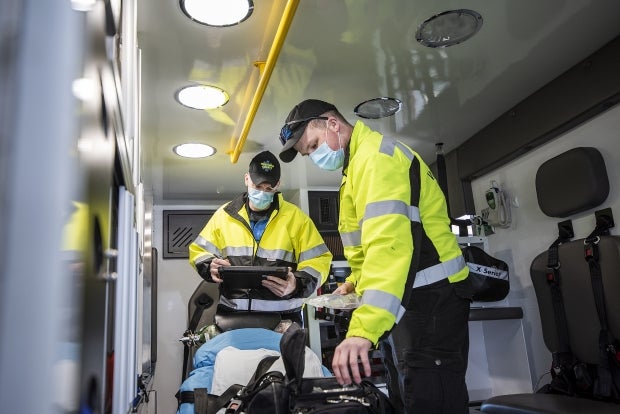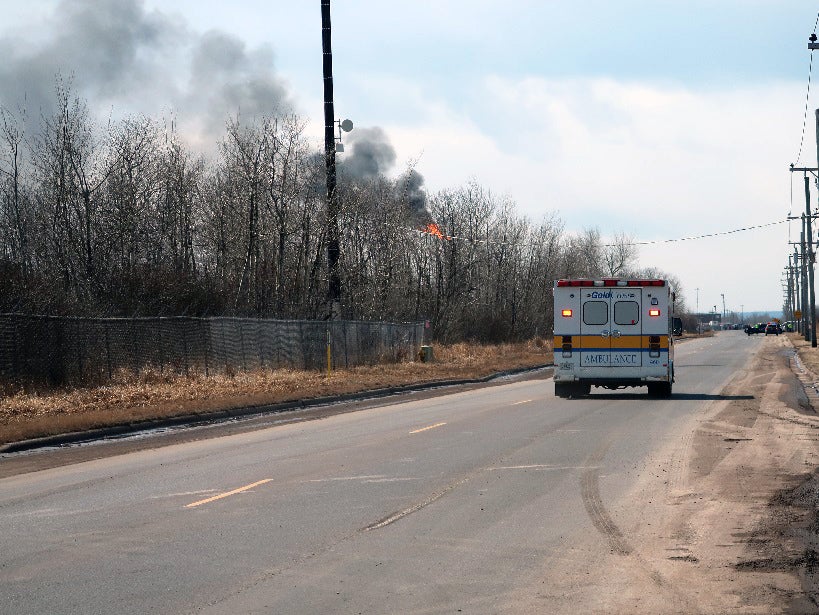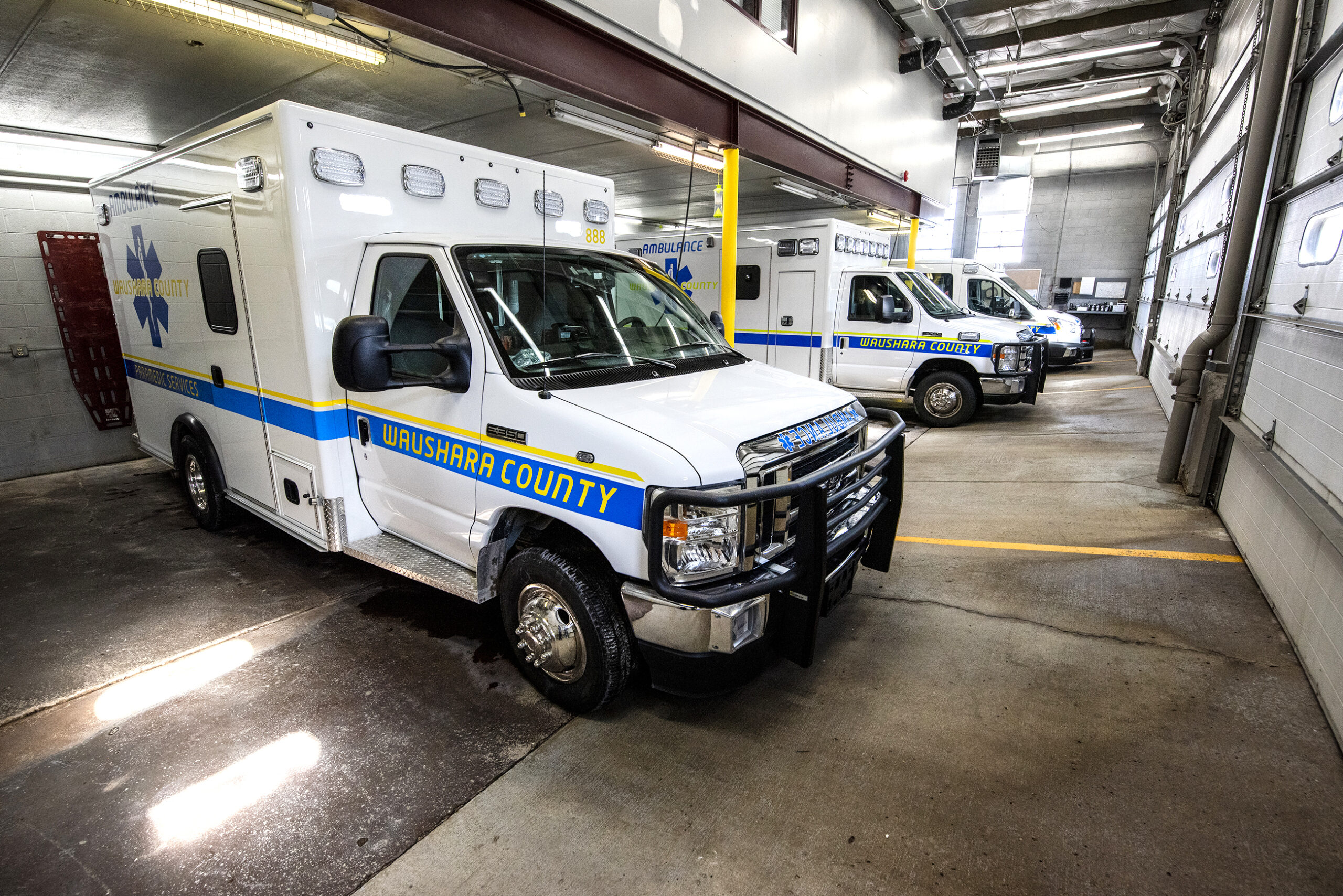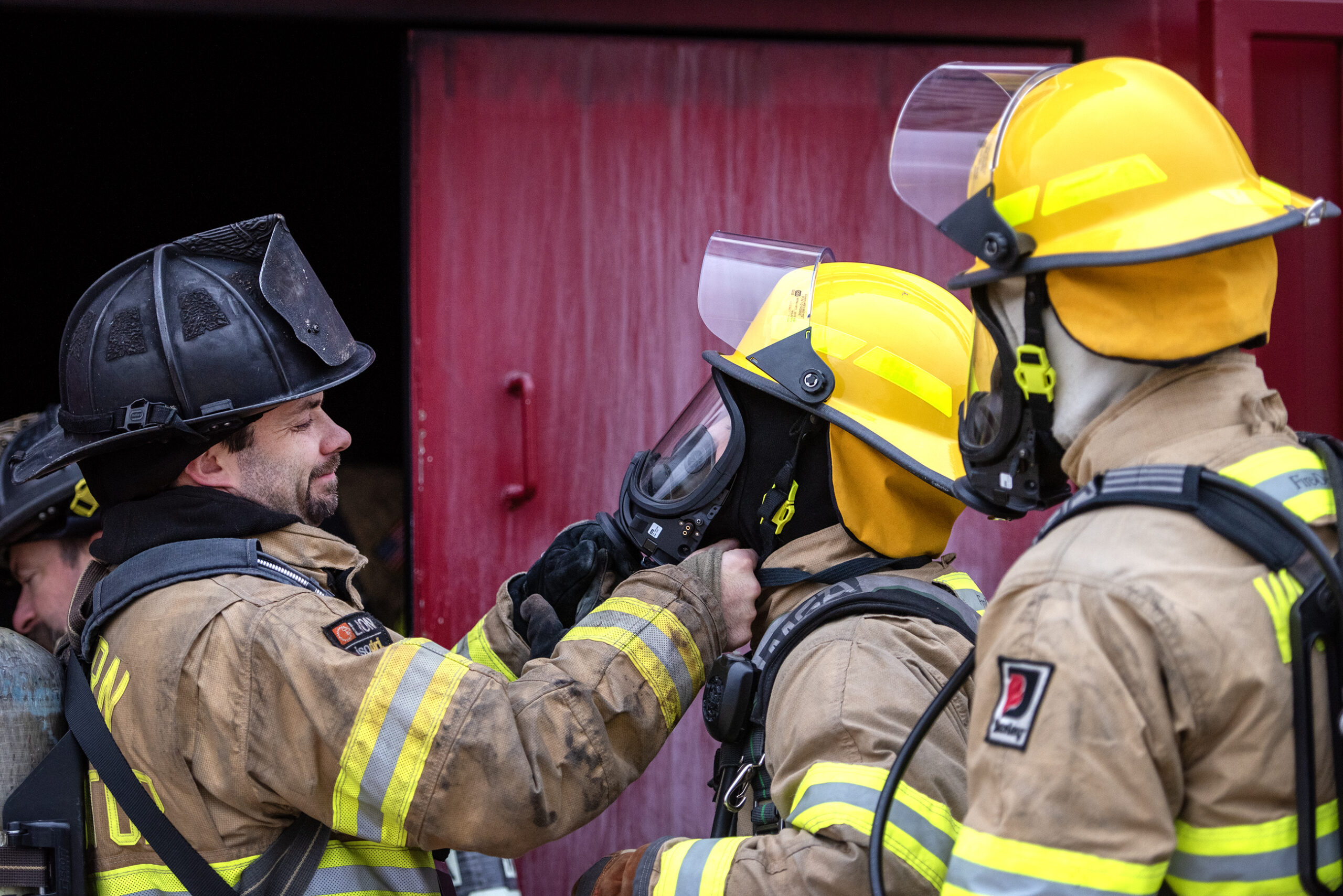Three years after a shortage of rescue volunteers caused Florence County to partially suspend providing emergency services in four townships, the rural county is transitioning to an EMS service with full-time, paid employees.
The county in northeastern Wisconsin — largely comprised of state and federal forest lands — has often depended on EMS providers coming over the state line from Michigan’s Upper Peninsula and the hospitals in Iron Mountain and Iron River.
But in 2021, amid growing concerns statewide about the sustainability of volunteer-run emergency services, Florence County leaders started exploring a new course. The county’s new 22-member EMS service will be on-call 24/7, starting this summer.
News with a little more humanity
WPR’s “Wisconsin Today” newsletter keeps you connected to the state you love without feeling overwhelmed. No paywall. No agenda. No corporate filter.
In July 2022, after the completion of a feasibility study, the proposal to move to full-time, professional EMS won unanimous approval from all eight municipalities in Florence County as well as the county board. The 2023 final budget includes more than $1.8 million for EMS operating expenses and capital improvements to three stations, which will house ambulances and a dispatch center.
“The volunteer structure is going away. Volunteers are few and far between,” said Amanda Mulvey, the county’s emergency management coordinator and interim EMS director. “We need to transition to what it really is, and that’s a career (and professional service) providing good quality, pre-hospital medical care when people call 911.”
Mulvey recently appeared on Wisconsin Public Radio’s “The Morning Show” to discuss the financial challenges facing EMS providers. Days before the interview, she also testified at a state Senate committee gathering information on EMS in rural Wisconsin.
The following was lightly edited for brevity and clarity.
Shereen Siewert: What is crucial for lawmakers to understand?
Amanda Mulvey: It’s important that we recognize we’re way behind in staffing EMS departments but also in funding them. We need to find more noncompetitive funding from our state. … We really need to get to a place where we can rely on funding from our state government that will assist us at the local levels.
SS: Last fall, the state Office of Rural Health assessed the reliability of Wisconsin’s 911 ambulance response. EMS directors reported emergency systems are “under severe strain and in critical need of immediate intervention.” How widespread are these staffing and financial challenges?
AM: Nationally. If you look at any headlines relating to EMS, it’s not just rural communities. Yes, I advocate for the rural communities because that’s what’s impacting me directly in the community I live in. But it’s not just the rural volunteer stations that are seeing these shortages. It’s across the board. Our partners in the urban areas, those who are private and for-profit even, we all need to staff appropriately and pay and provide benefits for those individuals that are competitive with other jobs.
SS: In his two-year budget plan, Gov. Tony Evers is proposing to grow state payments to local governments by more than $500 million. He says 43 percent of that money would be for public safety. That would include EMS, fire and law enforcement. Would that amount be enough to address the challenges facing EMS providers today?
AM: We need to make sure that we’re looking at public safety as a whole. I see a challenge for all of our partners — be it EMS, fire, law enforcement, corrections. I definitely think it’s a good start, but I don’t think it’s going to take care of the problem at large. It would need to be a sustained amount that could be counted on for years to come.
There’s no one-time fix to this. We don’t have enough of an income stream in rural Wisconsin to support the nearly $500,000 it costs per year to maintain one EMS ambulance without support from a tax base, be that state or local funding.
SS: Do you think increasing the tax burden on local taxpayers is something that is sustainable?
AM: Maybe it’s sustainable. But I don’t think it’s appropriate when municipalities here in northern, rural Wisconsin are weighing whether we invest money in our schools, in our road infrastructure or public safety. I don’t think it’s fair to ask them to carry the full weight of (public safety) when we’re looking at large surpluses in our state budget.
I understand that there’s a lot of places that need funding. But when we look at the basic needs of our Wisconsin residents and visitors, I classify safety at the very top of that list. And if we can’t focus on sustainable funding for our public safety agency, I think we’ve missed the mark as a state.
SS: Only 11 states deem EMS an “essential” service. Wisconsin is not one of them. Without that designation, federal funding is unavailable and communities are unable to levy taxes to pay emergency medical technicians. How much of a difference would that designation make in the state?
AM: I was shocked myself that it’s not considered an essential service. We’re requiring municipalities and townships to provide the service, but they don’t have the capability to levy or exceed their levy limits for this purpose.
SS: Why was Florence County able to pass that tax levy for EMS services?
AM: All eight of our townships were in favor of going to a paid, countywide EMS system, and our county board unanimously supported this decision. I think they see the quality and the value that EMS service brings to our county. We have 490 square miles to cover, and we don’t have a significant amount of connecting infrastructure to get from point A to point B easily, which requires us to have three stations to provide adequate coverage to both our residents and visitors to our area.
Yes, there has been some outcry in regards to the (cost to taxpayers), and we’re doing all we can in our positions to advocate for legislative changes to help us reduce that tax burden. But ultimately, I think it passed because we see protecting residents is paramount. … (Local officials) are getting ahead of a very critical situation. We know that volunteer firefighting is going to be coming up next as something that we’re going to see strained. And so we want to get ahead of these things before we get so far behind we can’t protect our public.
SS: A year ago, Evers vetoed a bill that would have made the exam for national certification for emergency medical technicians optional. Supporters of the bill said it would have improved recruitment and retention in the workforce. What did you think of that bill and the governor’s veto?
AM: I support the governor’s decision. We shouldn’t lower standards to bring staffing in. We should maintain a high standard because our people are worth that.
When you’re out seeking help from a professional, you want them to be well-versed in their career field. Whatever they’re helping you with, you want them to have that expert knowledge to provide you with the best service possible. The same is true for EMS.
We’re a pre-hospital care facility on wheels, transporting critical patients in many situations. We want to make sure that we’re giving them a standard of care that they can rely on and count on and really feel secure and have peace of mind with that transport. Lowering education standards will not solve the problem.
Wisconsin Public Radio, © Copyright 2025, Board of Regents of the University of Wisconsin System and Wisconsin Educational Communications Board.







